18 Indoor Plants That Bring Feng Shui Energy Into Your Home
Bringing plants into your home is a simple way to create a calm and inviting space. In Feng Shui, certain plants are believed to attract good energy, harmony, and balance to the environment. From leafy greens to flowering varieties, these choices can brighten a room while supporting a sense of well-being. Here are some of the best indoor plants to bring positive energy into your home.
This post may contain affiliate links, which helps keep this content free. Please read our disclosure for more info.
Money Tree (Pachira aquatica)
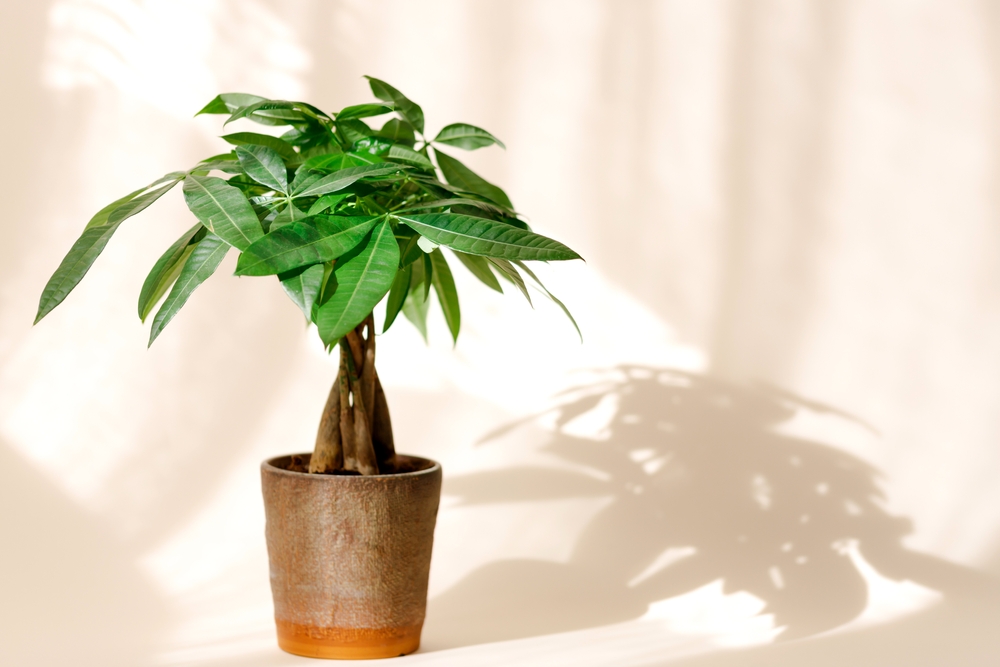
The Money Tree is one of the most popular plants in Feng Shui because it’s linked with prosperity and luck. Its braided trunk and lush green leaves make it a striking addition to any room. Many people place it in their living space or office, believing it attracts financial growth and stability. This plant is also easy to care for, which adds to its appeal.
Beyond symbolism, the Money Tree adds a natural, grounding element to a room. Its presence softens the atmosphere and brings a sense of calm. It thrives in bright, indirect light and only needs moderate watering, which makes it low-maintenance for busy households. With the right care, it can live for years and grow into a stunning centerpiece indoors.
Lucky Bamboo (Dracaena sanderiana)
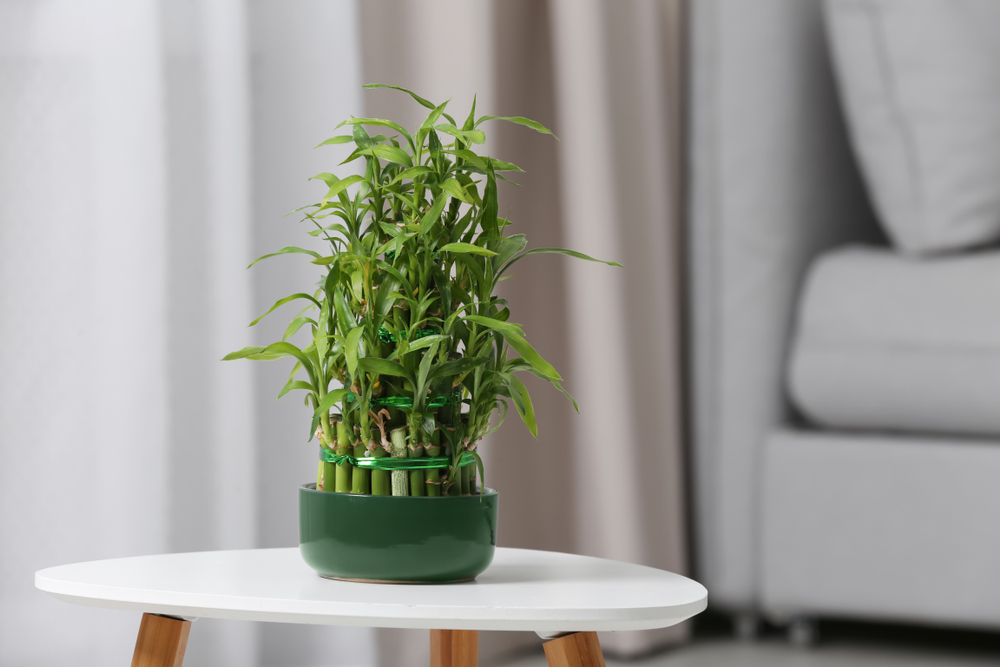
Lucky Bamboo is widely regarded as a symbol of good fortune and harmony. Its stems can be arranged in different numbers, each carrying a unique meaning in Feng Shui. For example, three stalks represent happiness, while six are linked to prosperity. It often grows in water with pebbles, making it a versatile plant for small spaces.
What makes Lucky Bamboo appealing is its flexibility in design. The stems can be trained into spirals or braided patterns, which adds interest to your decor. Since it grows well in low light, it fits perfectly in offices or areas with limited sunlight. A simple glass vase filled with clean water is all it needs to flourish, making it one of the easiest plants to maintain.
Jade Plant (Crassula ovata)
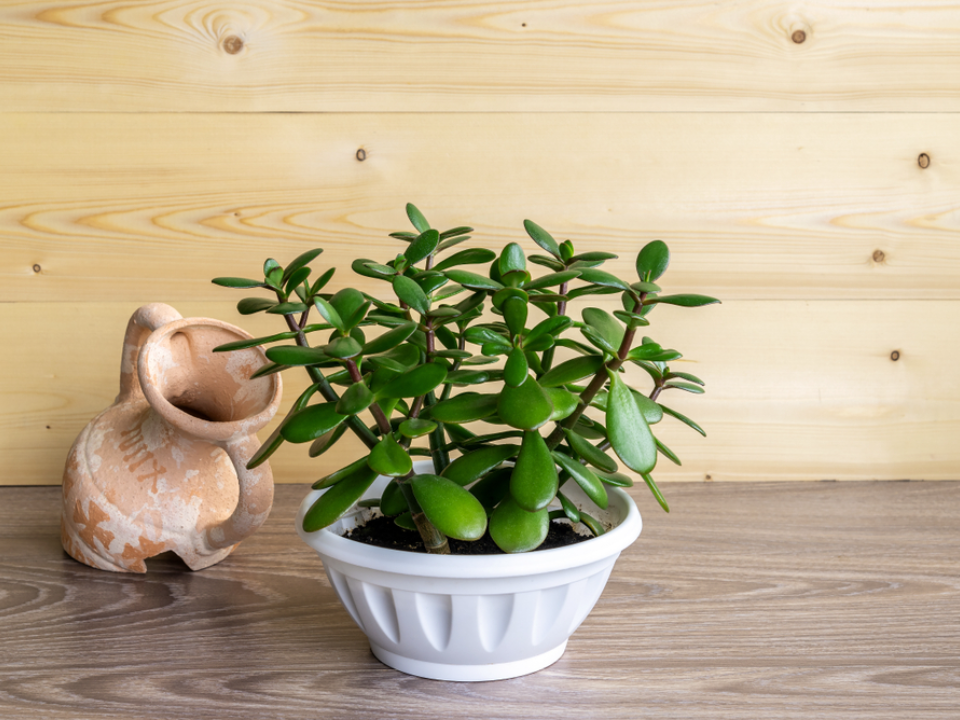
The Jade Plant, with its rounded, coin-like leaves, is said to attract wealth and success. Its thick, glossy foliage has made it a symbol of growth and renewal in Feng Shui. Many homeowners place it near their entryway or in the southeast corner of a room, a space believed to influence prosperity. This placement is thought to invite abundance into the home.
Aside from its symbolic value, the Jade Plant is hardy and forgiving. It thrives with little water and enjoys bright light, which makes it ideal for sunny windowsills. Over time, it can grow into a small tree, adding character to your space. Its long life span also makes it a favorite plant to pass down through generations.
Peace Lily (Spathiphyllum)
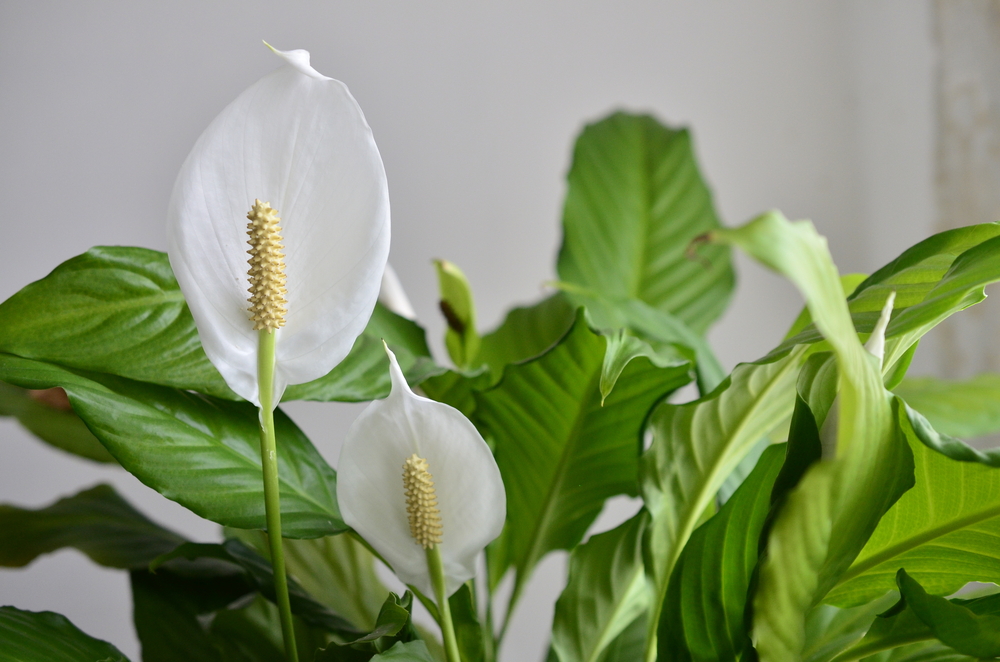
The Peace Lily is admired for its graceful white blooms and lush leaves. In Feng Shui, it represents purity and tranquility, making it a popular choice for creating calm in a home. Its flowers rise elegantly above the foliage, symbolizing harmony between energy and environment. This plant is often placed in bedrooms or quiet corners to support restful energy.
In addition to its symbolism, the Peace Lily helps freshen the air, which makes a room feel lighter and more inviting. It can thrive in low light, and its needs are simple—regular watering and occasional wiping of its leaves. Its beauty and soft presence make it a thoughtful choice for both decor and balance. Over time, it can grow into a full, lush plant that fills a space with ease.
Areca Palm (Dypsis lutescens)
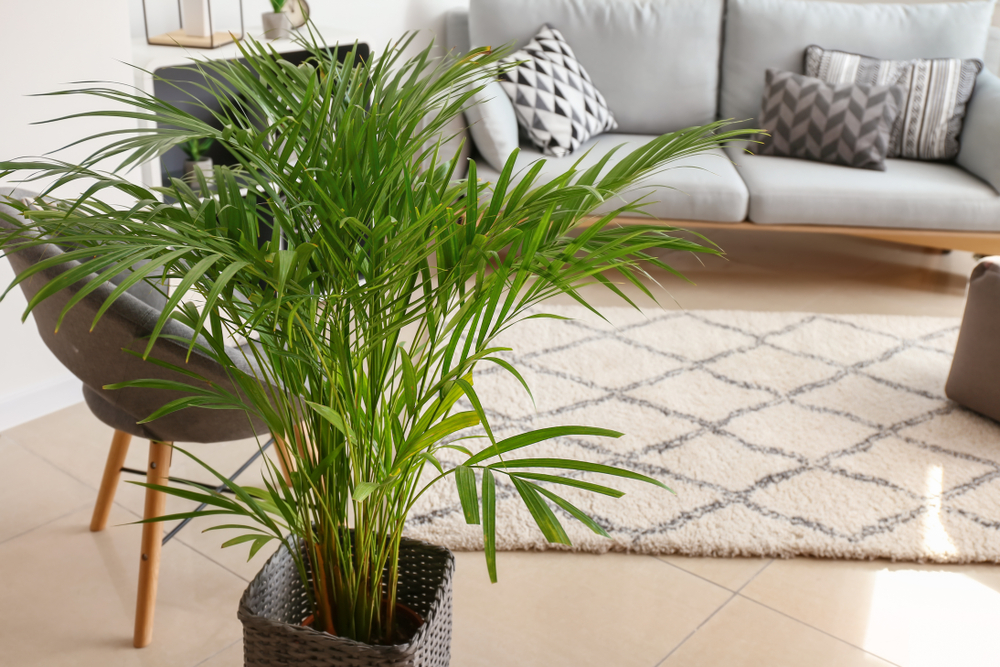
The Areca Palm is often chosen in Feng Shui for its ability to bring uplifting energy into a room. Its feathery fronds fan outward, creating a sense of openness and flow. It’s believed to absorb negative energy while spreading positivity in the space around it. Because of its size, it often works well as a statement plant in living rooms or offices.
This palm does best in bright, indirect light and regular watering. Its tall, airy shape makes it ideal for filling empty corners with greenery. Many appreciate how its gentle fronds move with the air, adding motion and life to a room. With proper care, it can grow several feet tall and become a long-lasting presence in your home.
Snake Plant (Sansevieria trifasciata)
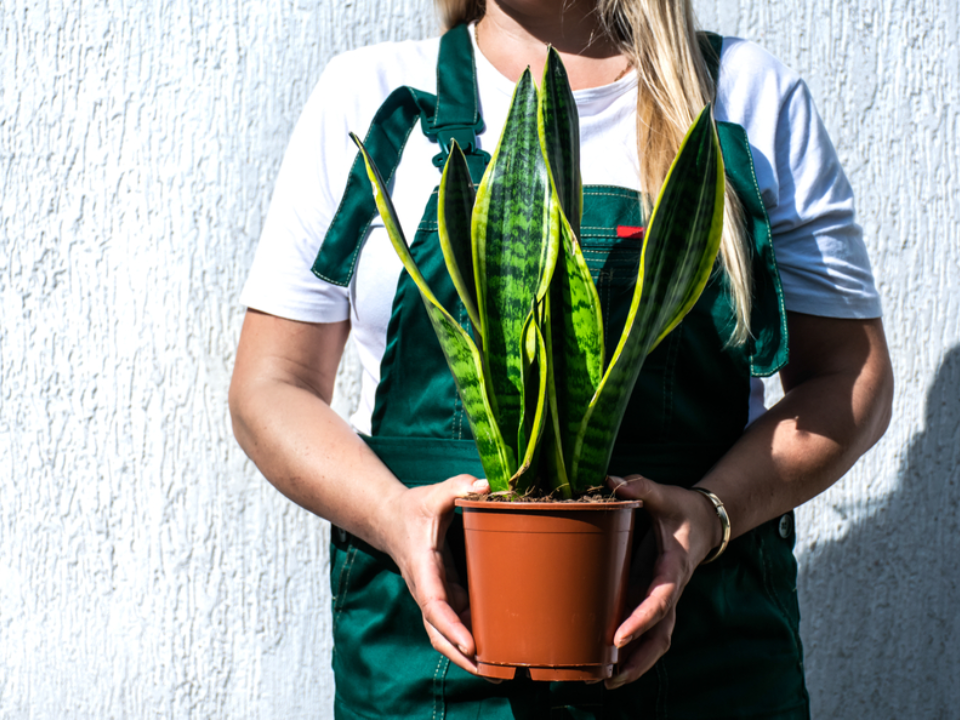
The Snake Plant is valued in Feng Shui for its strong, upward growth. Its vertical leaves symbolize resilience and protection, which are thought to help guard against negative energy. Often placed near entrances, it is believed to act as a shield for the household. Its bold shape also makes it a striking decorative plant.
Care-wise, the Snake Plant is nearly effortless. It tolerates low light, irregular watering, and general neglect. Many people appreciate how it can thrive in corners where other plants might fail. Its air-purifying qualities add another layer of benefit, helping to create a healthier indoor space.
Orchid (Orchidaceae)
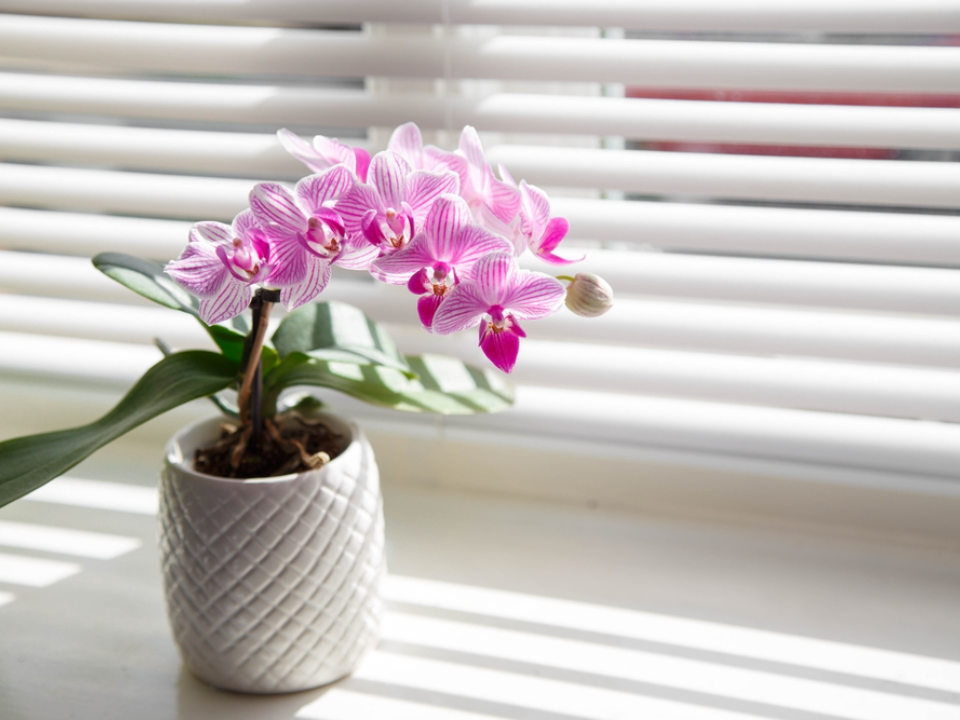
Orchids hold a special place in Feng Shui as symbols of love and beauty. Their delicate blooms are associated with harmony in relationships and personal growth. Different colors are linked with different meanings—pink for affection, white for purity, and purple for respect. This makes orchids not only beautiful but also meaningful gifts.
They require a bit more care than some other houseplants but reward the effort with stunning flowers. Orchids thrive in indirect light and need a careful balance of moisture. Their elegant presence instantly elevates the atmosphere of a room. A blooming orchid brings vibrancy, grace, and a sense of refinement to any indoor setting.
Rubber Plant (Ficus elastica)
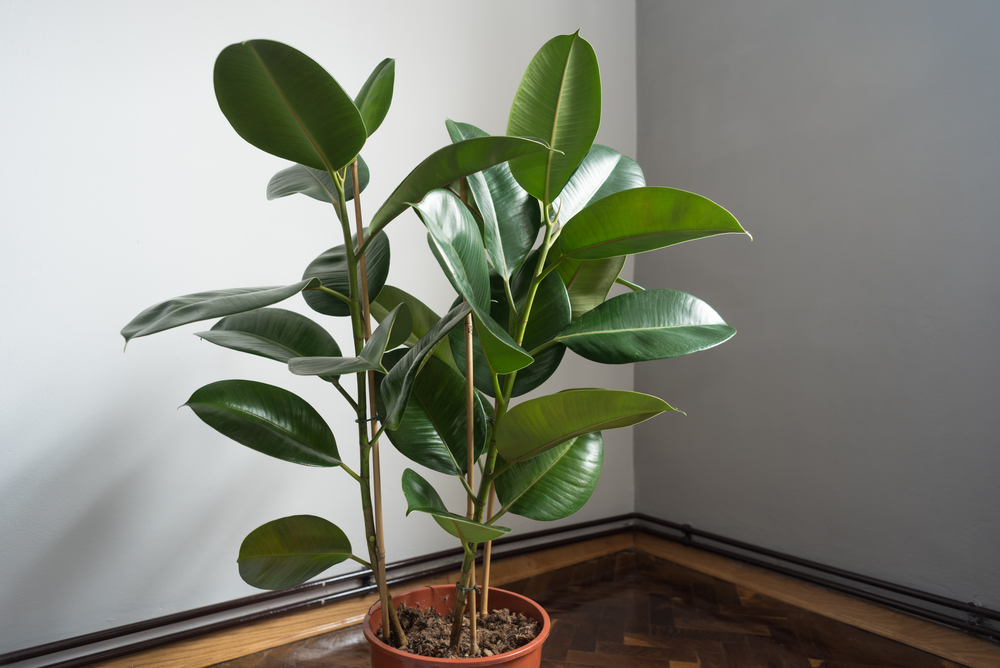
The Rubber Plant is tied to abundance and stability in Feng Shui. Its broad, glossy leaves represent wealth and steady growth. Many place it in the wealth corner of their home or office to encourage prosperity. Its bold, upright growth habit adds strength to a room’s energy.
This plant is also known for its ability to purify the air, which complements its symbolic meaning. It enjoys bright, indirect light and occasional watering. Over time, it can grow into a tree-like form indoors, making it a striking focal point. Its simple care requirements make it suitable for both beginners and experienced plant owners.
Bamboo Palm (Chamaedorea seifrizii)
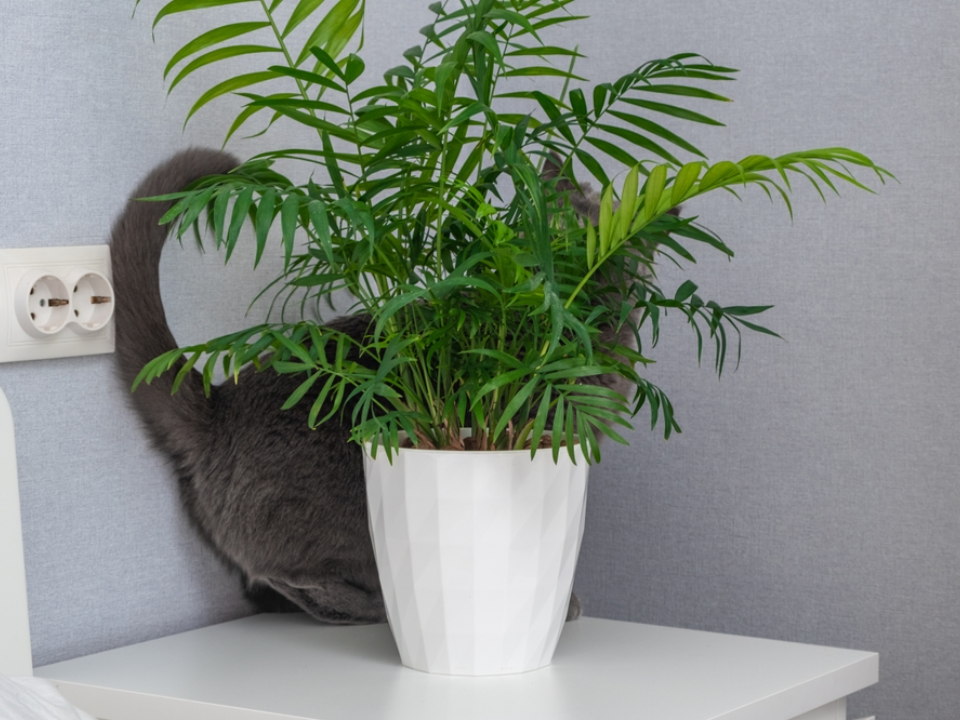
The Bamboo Palm is associated with balance and peace. Its slender, bamboo-like stems and graceful fronds bring a gentle energy to interiors. It’s commonly placed in living rooms and offices where relaxation and focus are needed. This plant also adapts well to indoor conditions, adding freshness without overwhelming the space.
In care, the Bamboo Palm thrives with moderate watering and indirect light. It’s known to help purify the air, which makes it especially suitable for shared environments. With its soft, arching leaves, it creates a soothing backdrop in almost any setting. Over time, it can grow tall enough to fill corners naturally.
Aloe Vera

Aloe Vera is more than a practical plant; in Feng Shui, it’s tied to protection and healing. Its thick, spiky leaves are believed to ward off negative energy. Many place it in sunny spots to encourage vitality and renewal within a home. Its soothing gel adds a functional bonus that’s long valued in traditional practices.
Caring for Aloe Vera is straightforward. It loves bright light and only needs occasional watering, especially since it stores water in its leaves. Its sculptural look adds character to windowsills and tabletops. Aloe Vera’s resilience and symbolism make it a wonderful blend of beauty and purpose.
Fiddle Leaf Fig (Ficus lyrata)
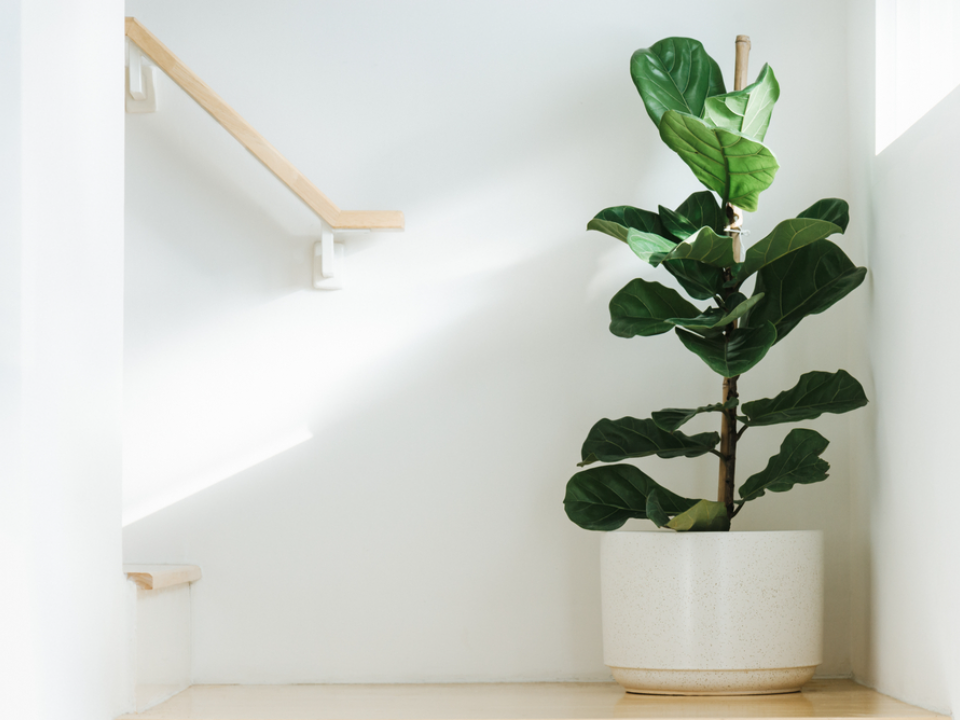
The Fiddle Leaf Fig is admired for its large, violin-shaped leaves and impressive height. In Feng Shui, it represents growth and abundance, making it a favorite for living spaces. Its strong upward energy supports ambition and vitality. When placed thoughtfully, it adds both visual drama and positive energy to a room.
It thrives in bright, indirect light and enjoys a consistent watering routine. Though slightly demanding, its stunning presence makes the effort worthwhile. With proper care, it can reach several feet tall indoors. Its bold form and symbolic meaning give it a commanding yet balanced presence in any home.
Pothos (Epipremnum aureum)
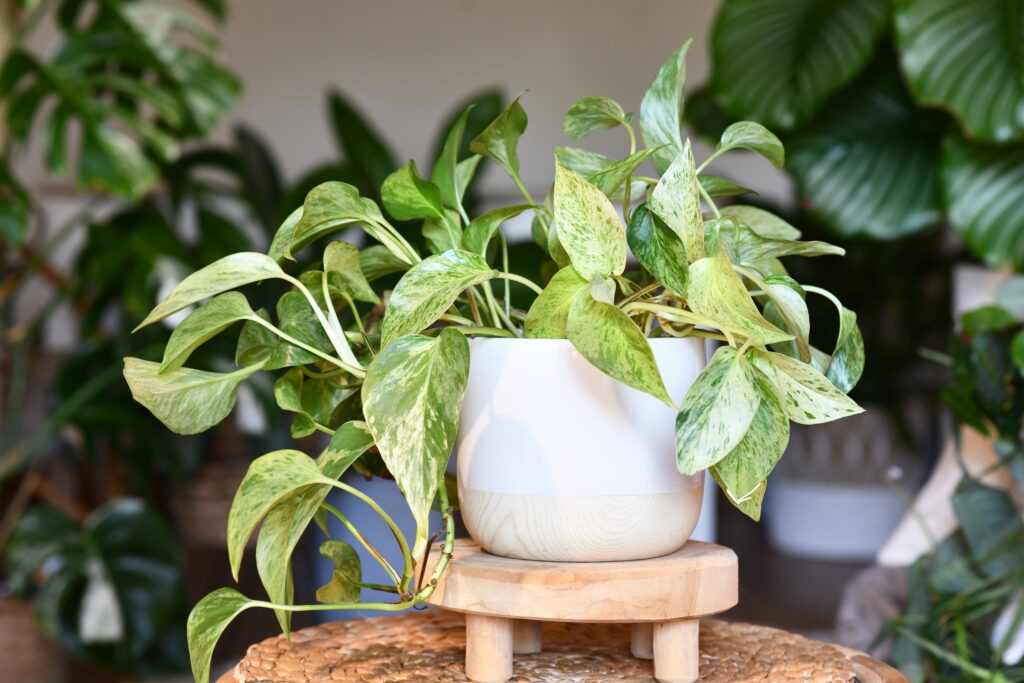
Pothos is often chosen for its trailing vines that bring a sense of flow and gentle movement. In Feng Shui, it’s linked with good luck and wealth. It’s also considered helpful for removing stagnant energy in darker corners. Many people hang it in baskets or let it climb along shelves for a cascading effect.
The plant is one of the easiest houseplants to care for, thriving in a wide range of conditions. It can handle low light and inconsistent watering, making it adaptable to most homes. Its vibrant green leaves add life to any space. Over time, its trailing vines can grow impressively long, filling a room with lush greenery.
Boston Fern (Nephrolepis exaltata)
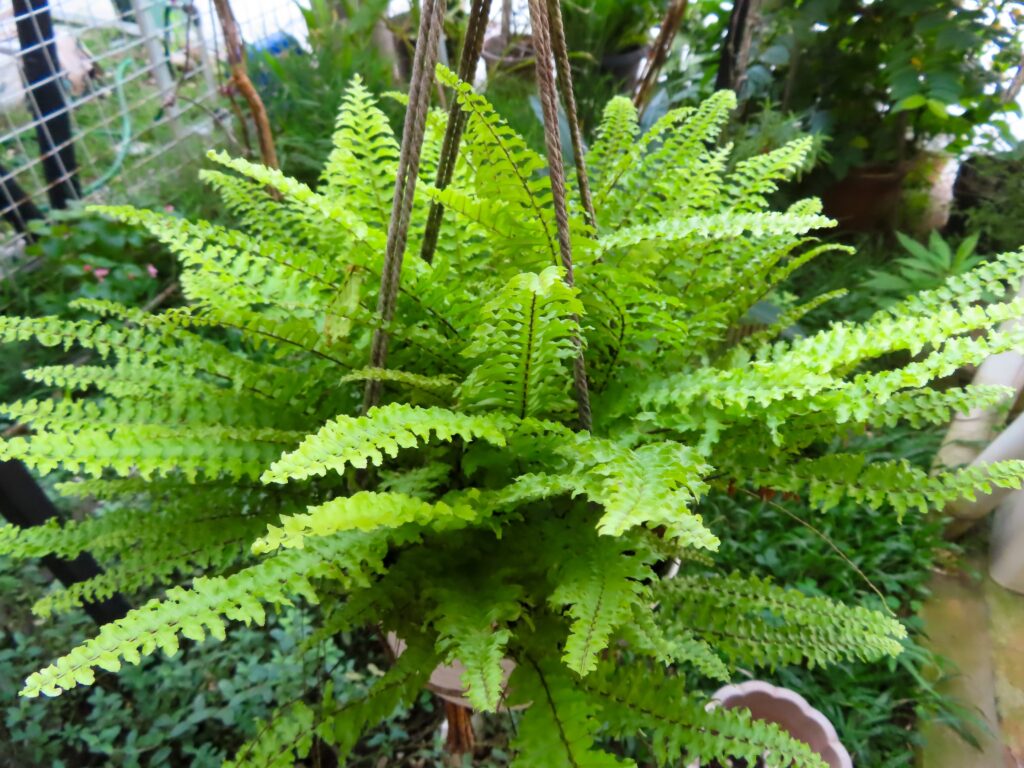
Boston Ferns are tied to purification and renewal in Feng Shui. Their feathery fronds spread gracefully, creating a soft and refreshing atmosphere. They’re especially associated with cleansing negative energy and promoting balance. This makes them well-suited for living rooms, bathrooms, or any space in need of freshness.
They prefer humid environments and indirect light, which makes them perfect for bathrooms or kitchens. Regular misting keeps their fronds healthy and vibrant. When thriving, they create a lush, full display that’s hard to miss. Their delicate yet abundant foliage adds texture and vitality to indoor spaces.
Spider Plant (Chlorophytum comosum)
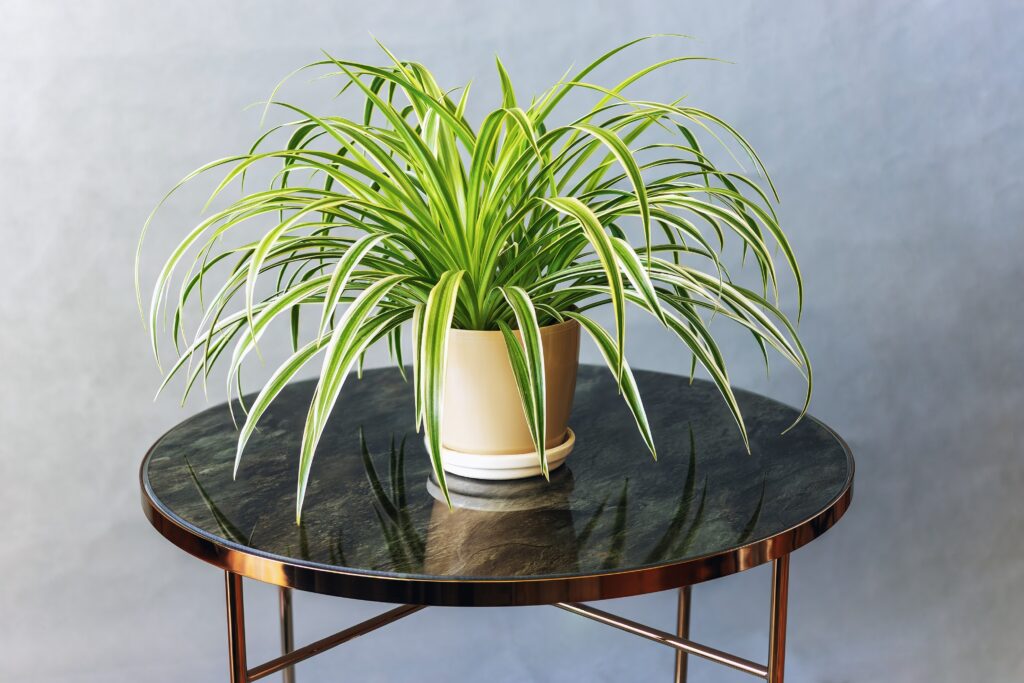
Spider Plants symbolize protection and health in Feng Shui. Their arching leaves and baby plantlets make them both charming and practical. They’re often placed in kitchens or living spaces to encourage positivity and remove stagnant energy. Many households appreciate them for their cheerful appearance.
Easy to grow and resilient, Spider Plants thrive in indirect light and need only occasional watering. Their offshoots can be propagated, which makes them a plant you can share with friends or family. They’re also excellent at filtering indoor air. With minimal effort, they quickly grow into a lush and lively display.
Calathea (Calathea spp.)
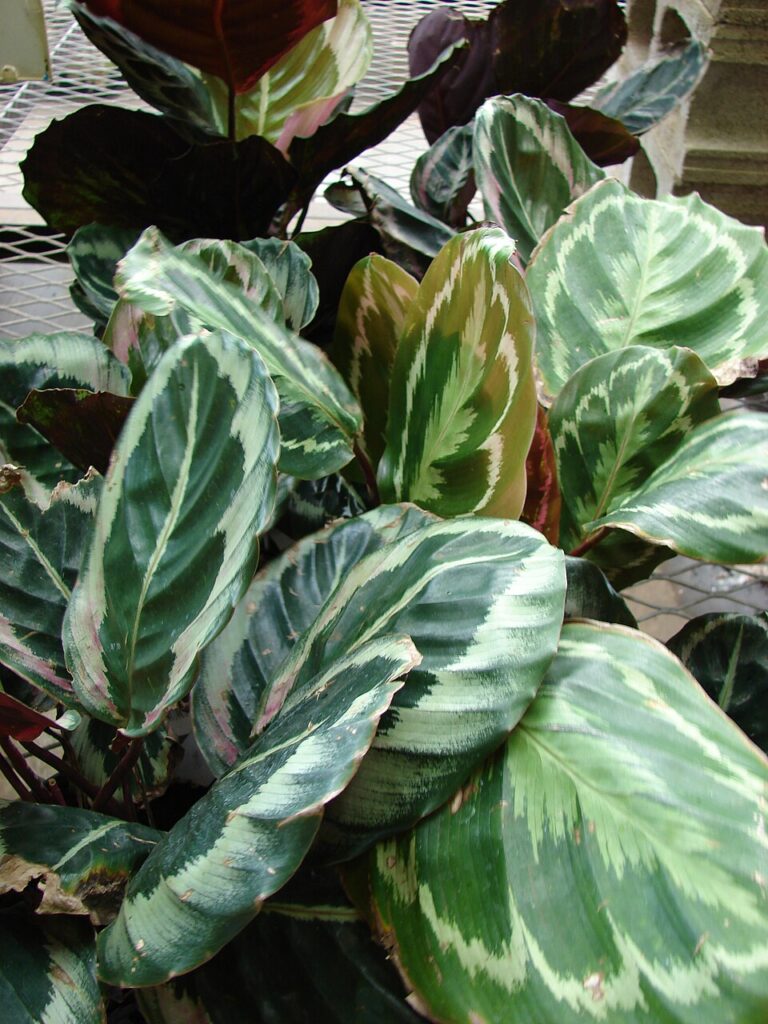
Calatheas, with their striking leaf patterns, are connected with balance and renewal. Their leaves open and close in response to light, which symbolizes the natural flow of energy. In Feng Shui, they’re thought to encourage mindfulness and harmony in the home. Their unique designs make them a favorite for decorative use.
They thrive in medium light and enjoy consistent moisture. While a little more demanding than some plants, their beauty is worth the care. Their vibrant patterns bring color and variety to indoor spaces. Over time, they grow into a dense and eye-catching plant that enhances any room.
Chrysanthemum (Indoor varieties)
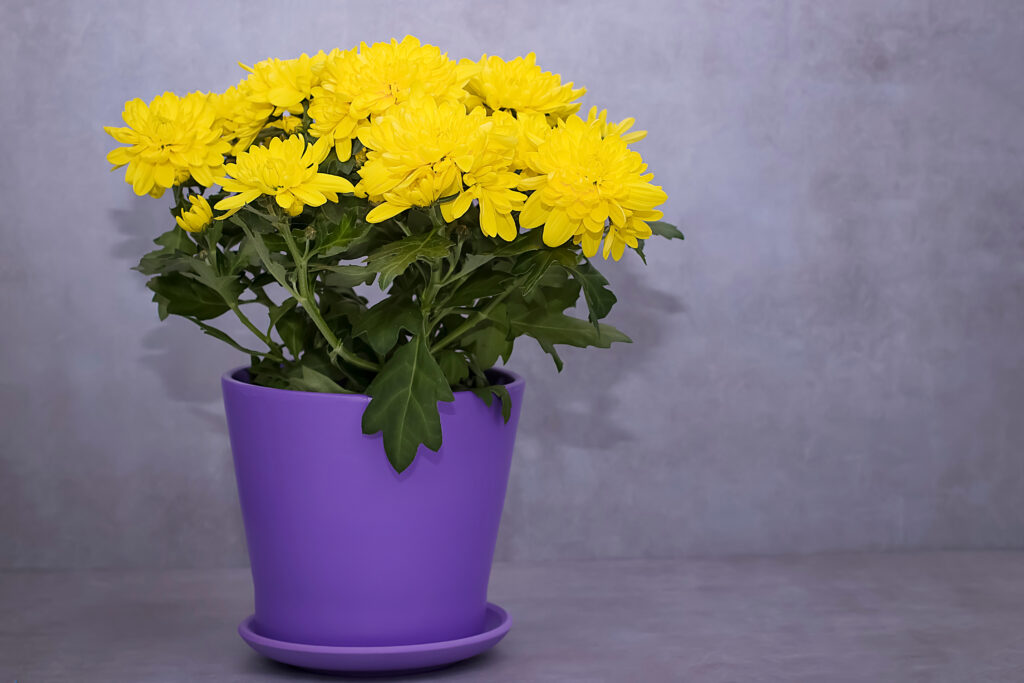
Chrysanthemums are tied to happiness and long life in Feng Shui. Their bright blooms bring cheer and positivity to the home. Different colors carry distinct meanings—yellow for joy, red for love, and white for purity. They’re often given as gifts to spread goodwill and blessings.
Though more common outdoors, indoor varieties thrive with bright light and regular care. Their flowers add a vibrant touch to living spaces, brightening both mood and energy. Placing them in communal areas supports harmony among household members. Their seasonal blooms create a sense of renewal and celebration indoors.
Chinese Evergreen (Aglaonema)

The Chinese Evergreen is associated with resilience and luck. Its patterned leaves come in shades of green, silver, and even pink, adding color and life to any room. In Feng Shui, it’s linked to stability and balance, making it a thoughtful choice for homes. Its steady growth represents enduring good fortune.
This plant is forgiving and thrives in low to medium light. It tolerates irregular watering, which makes it suitable for both new and experienced plant owners. Its attractive foliage brings variety without requiring constant attention. Over time, it develops into a full and striking display of greenery.
Citrus Trees (Dwarf varieties like Lemon or Orange)
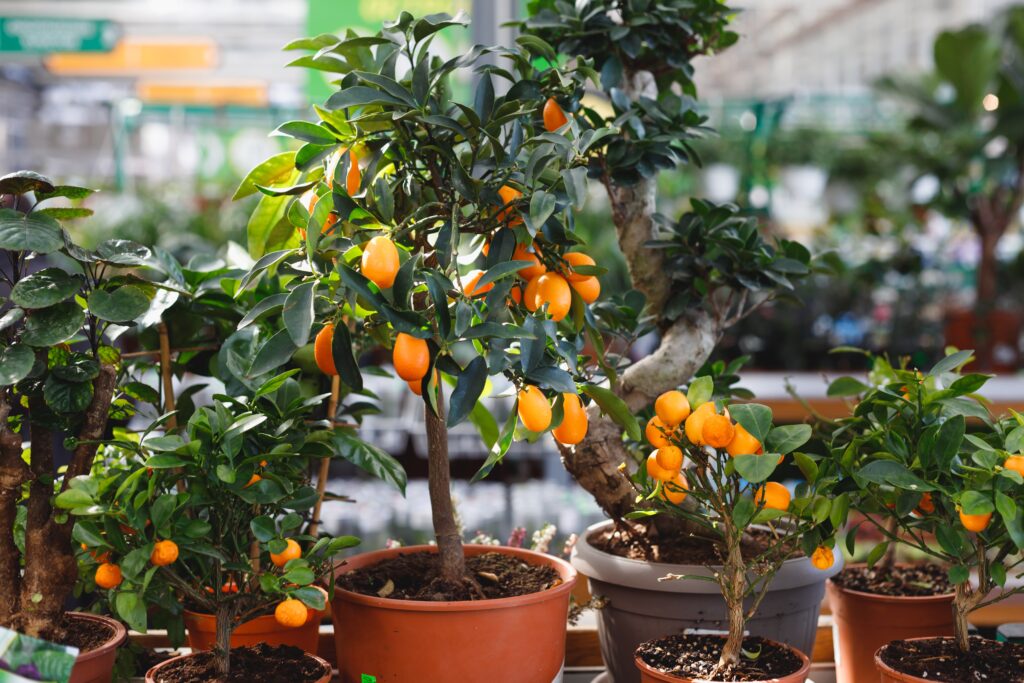
Dwarf citrus trees are symbols of abundance and vitality in Feng Shui. Their fruits, often golden or orange, represent wealth and good fortune. Placed indoors, they’re believed to bring prosperity and happiness to the household. Their cheerful appearance adds brightness to any space.
Caring for indoor citrus requires bright light and regular watering. With the right care, these small trees can produce fragrant blossoms and edible fruit. Their seasonal changes make them especially rewarding to grow. A citrus tree in the home brings both beauty and symbolic richness to daily life.
This article originally appeared on Avocadu.
